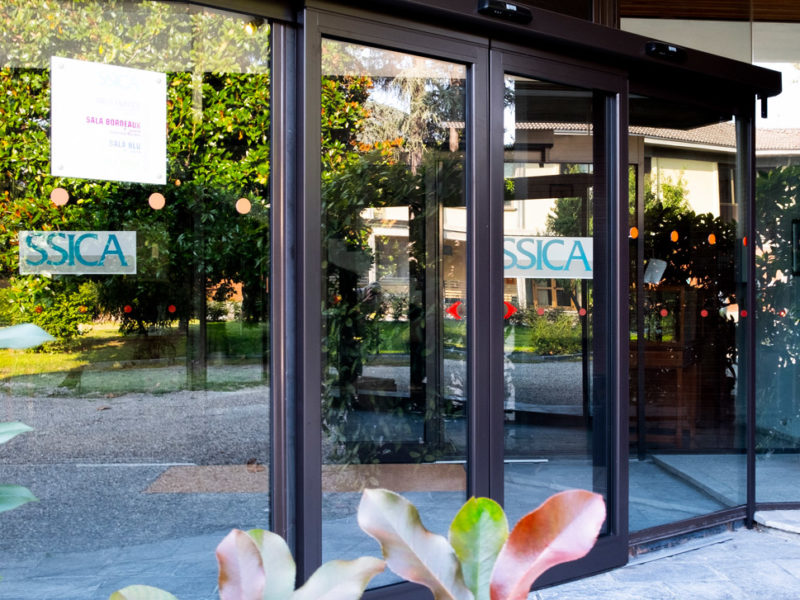Degni Monica
Sensory panel training.
Designing, organizing and coordination of sensory and consumer tests. Discriminatory, descriptive and ranking tests.
0521 795277
0521 795274
monica.degni@ssica.it
Dellapina Giovanna
New ingredients microncapsulation. Consumer science qualitative and quantitative tests. Analytical determinations (GC-MS, UPLC, Texturometer) and sensory data correlations. Discriminatory, descriptive and ranking tests.
0521 795235
0521 795274
giovanna.dellapina@ssica.it
Moscatelli Vanna
Designing, organizing and coordination of sensory and consumer tests. Consumer science qualitative and quantitative tests. Analytical determinations (GC-MS, UPLC, Texturometer) and sensory data correlations. Discriminatory, descriptive and ranking tests.
0521 795277
0521 795274
vanna.moscatelli@ssica.it
Poli Giovanna
Product development related to particular nutritional needs and prototyping by 3D printer. Sensory & Consumer shelf life studies. Early phases of product development/updating. Designing, organizing and coordination of sensory and consumer tests.
0521 795235
0521 795274
giovanna.poli@ssica.it
Nocciolati Eleonora
Marketing
0521 795291
eleonora.nocciolati@ssica.it
MARKETING
The Marketing and Relations with Companies area deals with the development of new services for contributing companies, the optimization of existing ones and the promotion of SSICA activities by timely newsletters and through the website.
Areas of activity
The activities developed are planned following market researches conducted on contributing companies, which allow priority desiderata to be identified.
Some of these concern:
CONSUMER SCIENCE
The Consumer Science area deals with the designing and development of new products or the updating of existing ones, with particular regard to ingredients and formulations. The focus is mainly on food quality through the identification and evaluation of chemical, physical and, above all, sensory and market markers. A significant part of the activity concerns the study of shelf-life of food products carried out either before the development phase and market and/or after changes, if any, in formulations and/or packaging.
The Sensory Analysis and Consumer Science Laboratory is operational within the area.
Areas of activity
In addition to institutional research conducted in collaboration with research centres, universities and companies, the Marketing and Consumer Science area stipulates development and consulting contracts with private individuals.
Equipment
The area is equipped with: a sensory laboratory, thermostatic cells for shelf life studies under controlled conditions (T, light), tristimulus colorimeter (Hunter), UPLC with different detectors, GC-MS equipped with a sniffing port for aroma compounds analysis, Oxymeter, texturometer, spectrophotometer UV-vis, Encapsulator, 3D printer, pilot plants for unitary operation and industrial processing, equipment for aseptic filling suitable for different kind of packaging.
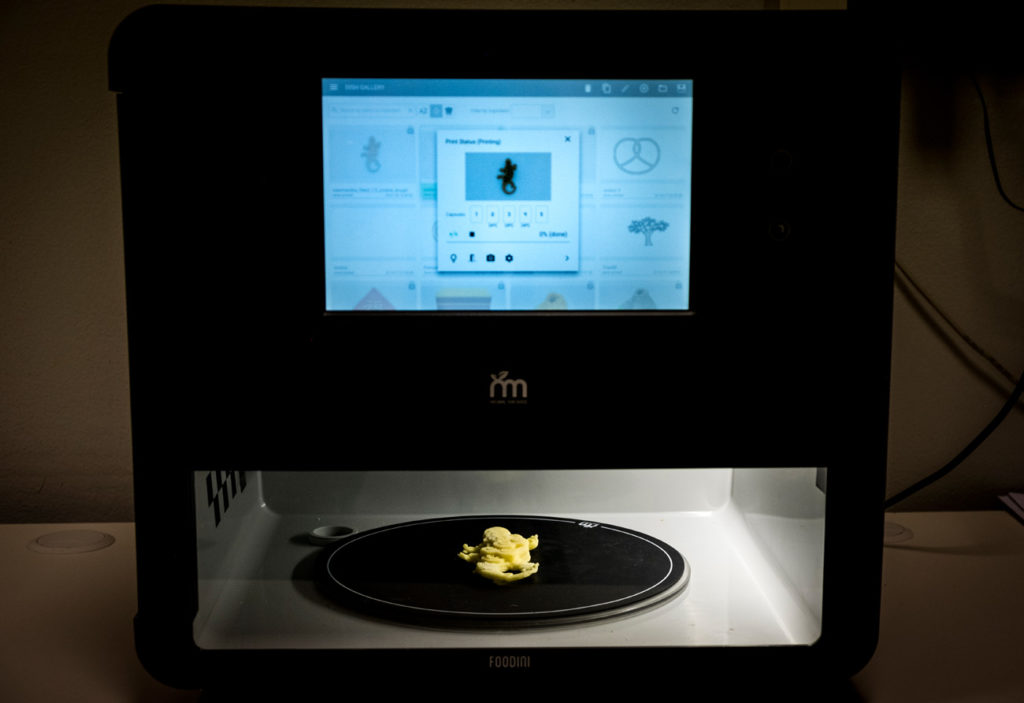
Sensory Laboratory
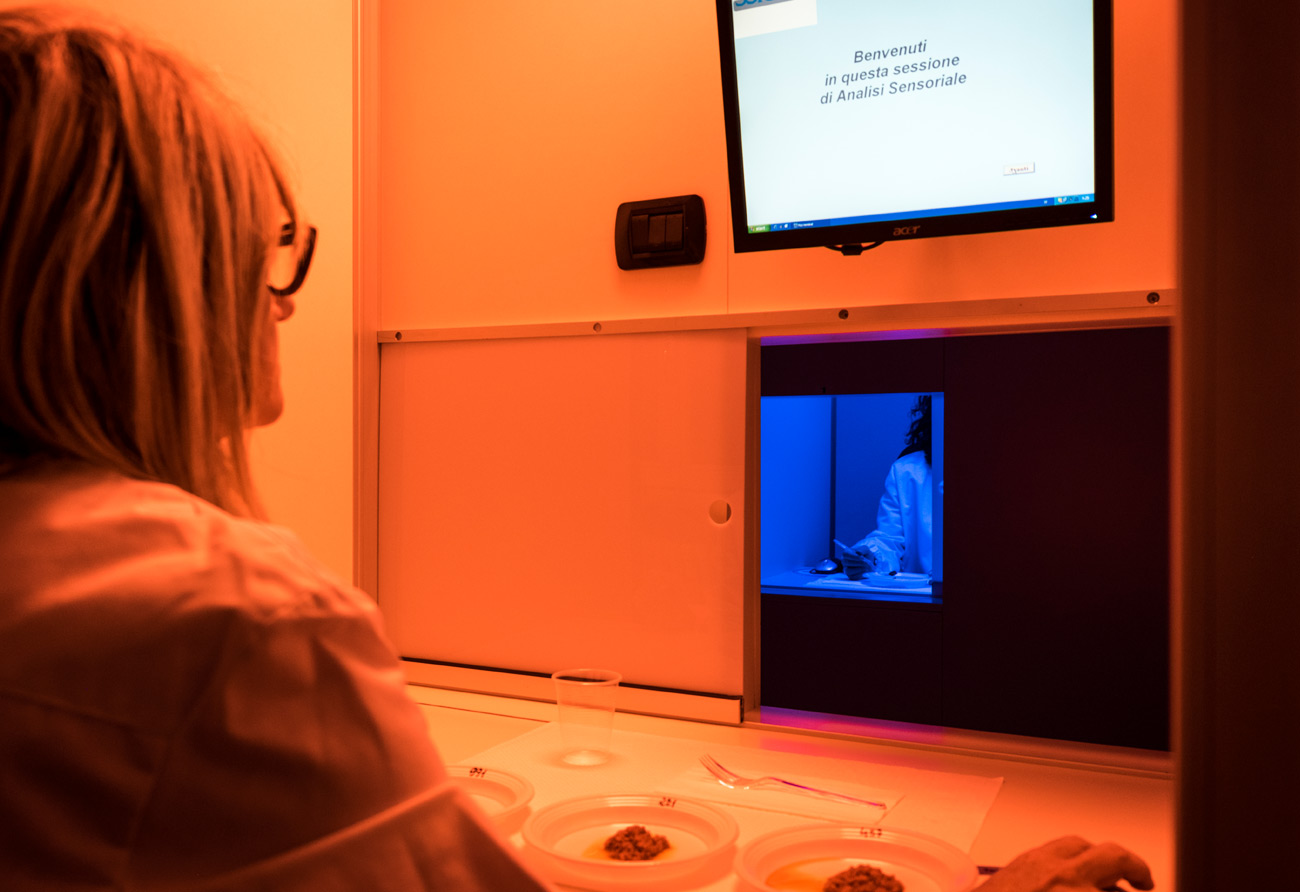
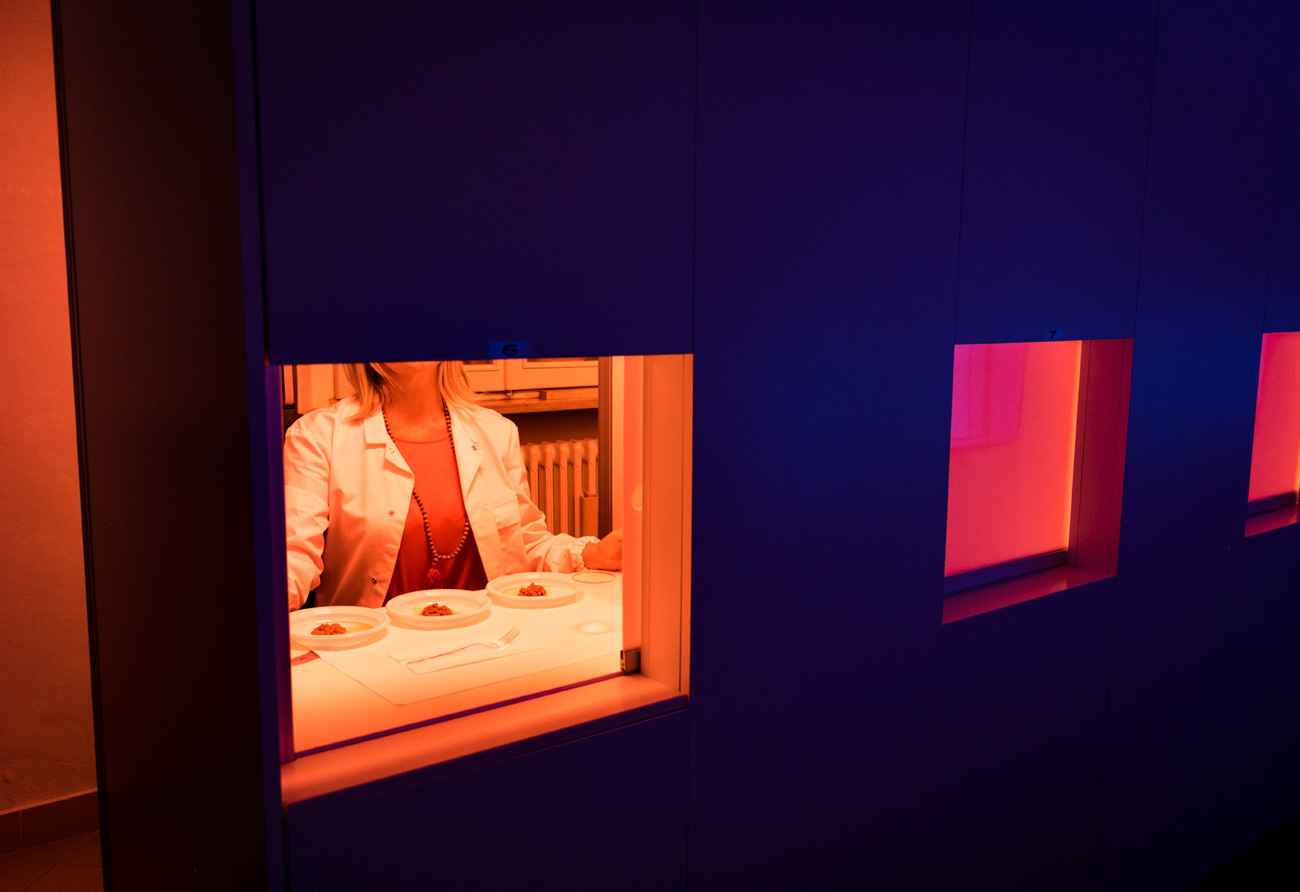
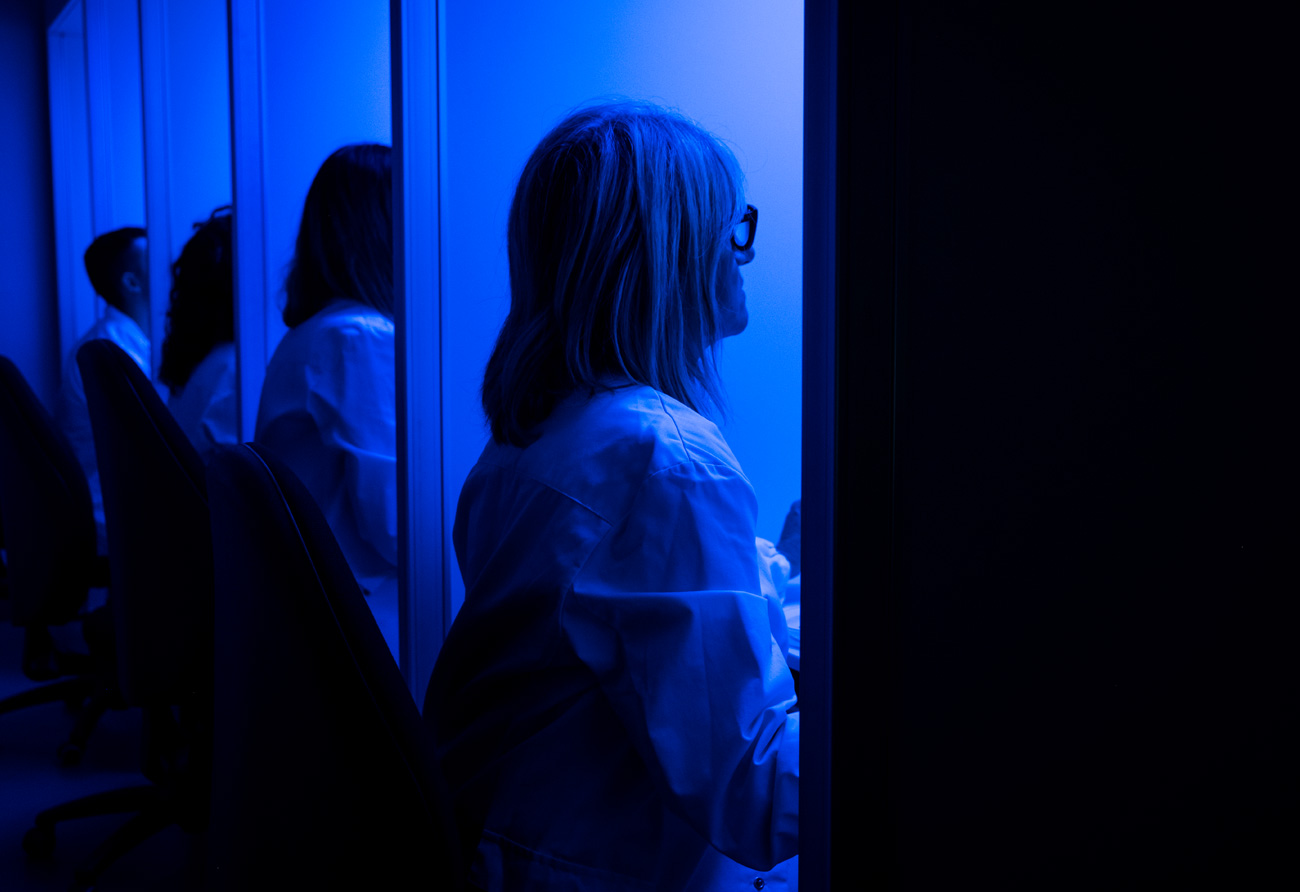
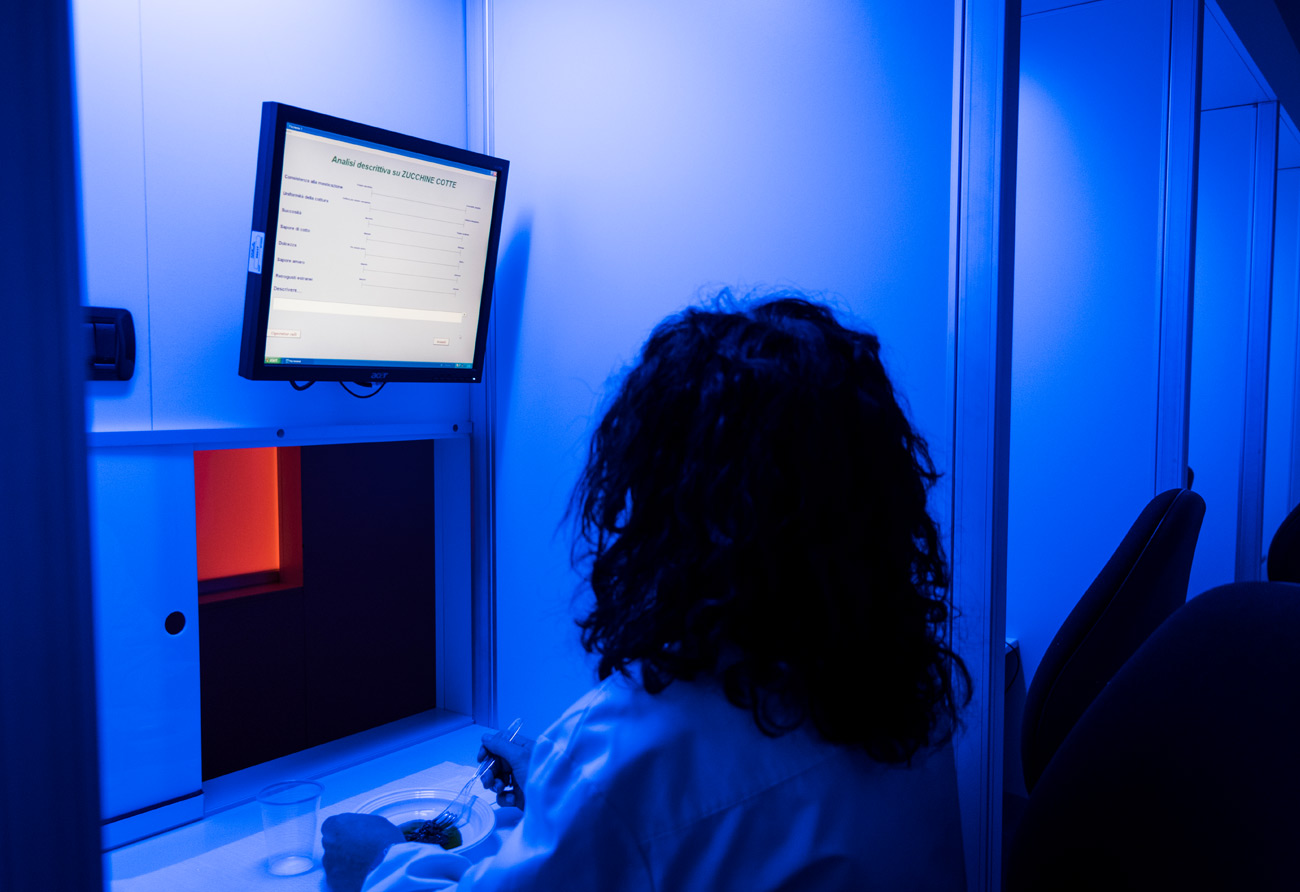
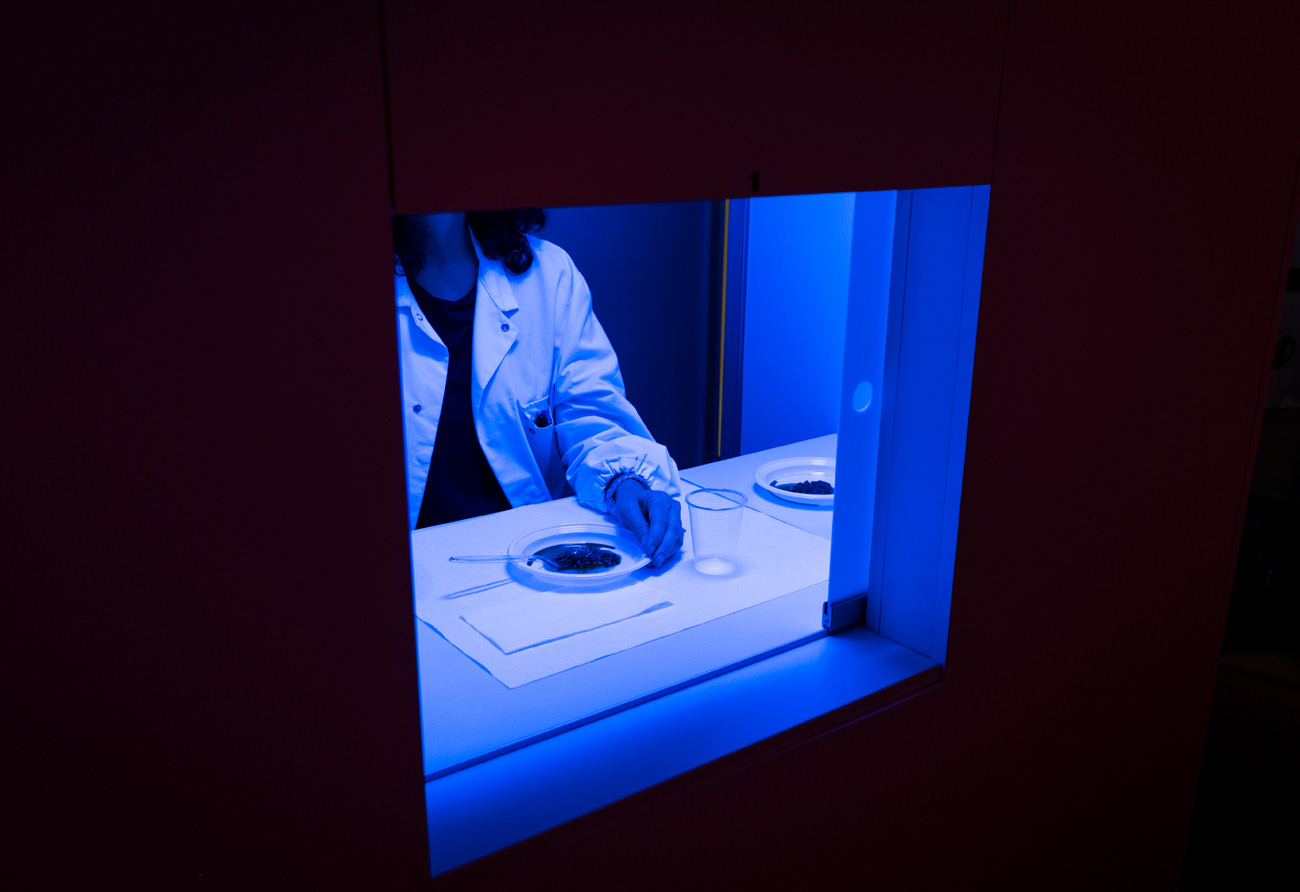
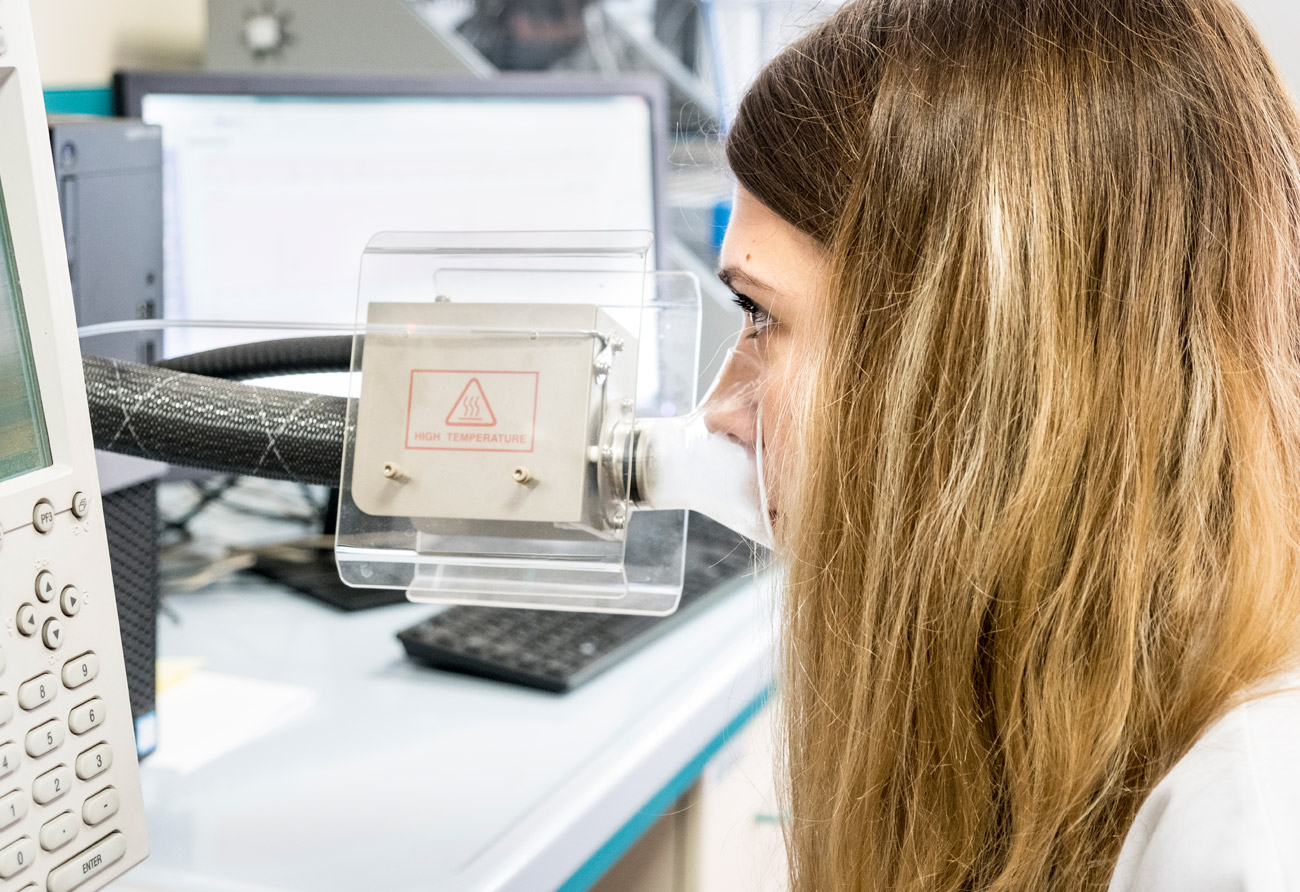
FAQ
Shelf life and consumer science
Traditionally, the study of shelf life focuses on the product; for example, a panel of judges establishes that taste, consistency/texture and aroma of a strawberry are stable for three days. This attitude/way of thinking has changed today: since food is a complex mixture, there are expectations, sensory and psychological impressions/feelings resulting, for example, from its acceptability and image. The most up-to-date approach includes product-consumer interaction and, according to that logic, it may also happen that some consumers refuse such strawberry after 1 day and others accept it for 4 days. The consequence is that products do not have their own shelf life, as/but it depends on the aforementioned interaction.
What are concept tests?
These are quantitative consumer tests able not only to identify the most successful concepts, but also to determine their relative strength. The concept of a new product, beyond simple description, includes the main features and the benefits that define it. It is a very powerful tool which enables to determine the “algebra” of the consumer’s mind, classify the level of importance of the factors studied and at the same time recombine them in a new and better form by following the results of the analysis itself.
What does ``performance optimization`` mean?
An optimization study tries to rearrange / reformulate the ingredients or the process variables to come to an improvement of the qualitative attributes and, from this, to the acceptability of the market. Who is involved in consumer habits studying nowadays must analyse products, concepts and packaging.
What is Consumer Science?
Consumer science allows who design new products / formulations to study the behaviour of potential, or existing, customers in order to optimize costs and quality. A food product is a very complex mixture not only from a compositional point of view, but also in terms of presence for the consumer: packaging, image, supporting advertising “claims”, convenience, nutritional, health and functional aspects and, last but not least, price. The tests and market research carried out using the most modern instruments have global objectives, much deeper than, for example, simply knowing that 12% of the female population between 18 and 30 prefers/chooses strawberry flavour.
What is the current approach to sensory analysis?
The most modern approach considers sensory analysis in a more global context that involves consumer behaviour evaluation. In a highly saturated and competitive market such as the current one, it is no longer sufficient to know if one product is better than another: producers should know their commercial category thoroughly. For example, they should identify those attributes that “drive” consumers’ choice or overall liking.
NEWS/EVENTS
News
-
Newsletter May 2024
SSICA’s newsletter for the month of May 2024 is online. Click here to read this month......
23 May 2024 -
Newsletter April 2024
SSICA’s newsletter for the month of April 2024 is online. Click here to read this....
19 April 2024 -
Newsletter February 2024
SSICA’s newsletter for the month of April 2023 is online. Click here to read this....
13 February 2024


